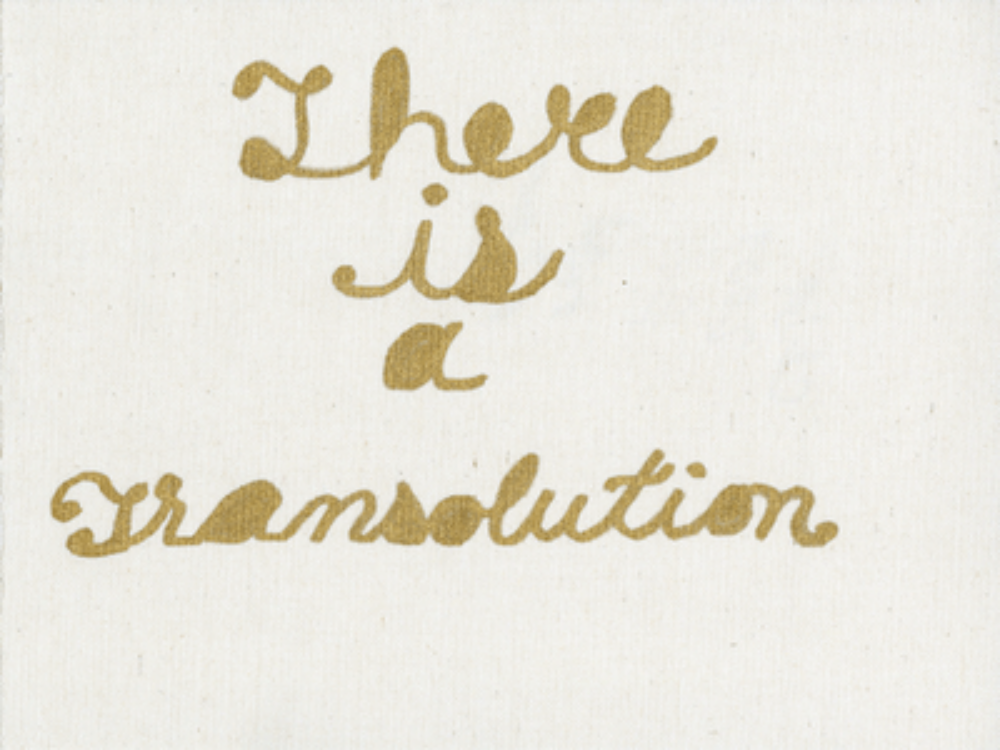Visual AIDS Summer intern Kristen Munnelly shares her thoughts on HIV visibility, and the human connection of art.
Prior to moving to New York, I was in a Ph. D. program at the University of Michigan studying public health applications of anthropological methods in relation to HIV/AIDS in South Africa. I left my program after my Masters for a number of reasons. Issues of social justice, access, and awareness related to HIV/AIDS remained close to my heart. In my summer interning with Visual AIDS, I could not have anticipated how much I would learn, and how my ideas about AIDS would change. I am thankful for the opportunity to keep these issues in my mind since I am not reading about them every day. Or am I?
One thing I learned, in the words of many of Visual AIDS’ documents and promotion campaigns, is that - “AIDS is not over.” In my interactions with people on a daily basis, I find that AIDS is not an issue most of my friends, or co-workers, or others that I interact with, are thinking about. There is a sense, I think, of complacency – that AIDS is not here, it is elsewhere. It is not part of the self, it is part of the “other.” And even beyond this, it is an issue that “cannot affect me” – rather, it affects someone else. I know that in these statements, I am not saying anything new – many have written on this topic. But I begin to worry when I find myself slipping into this mindset – it is so important to remind myself each day that AIDS is far from over, and its effects are not reductive to transmission events, or public health activity.
Rather, HIV and AIDS have a presence in all areas of life – in the case of Visual AIDS, I found its relationship to art, and artists living with HIV and/or AIDS to be most relevant. This hit home particularly when I was sorting through some artwork Chloe Dzubilo, the artist, activist, and Visual AIDS archive member. I felt an overwhelming sense of sifting through the remnants of someone’s life; whether this is an accurate statement is up for debate. But it is hard to deny the raw emotion of feeling – wondering so many things about this person – where she lived, who she loved, where she was been born, where she died. It is this connectivity to lived experience that I think, in part, makes us human, and it is something I rediscovered this summer while working with Visual AIDS. For that, I say thank you.
